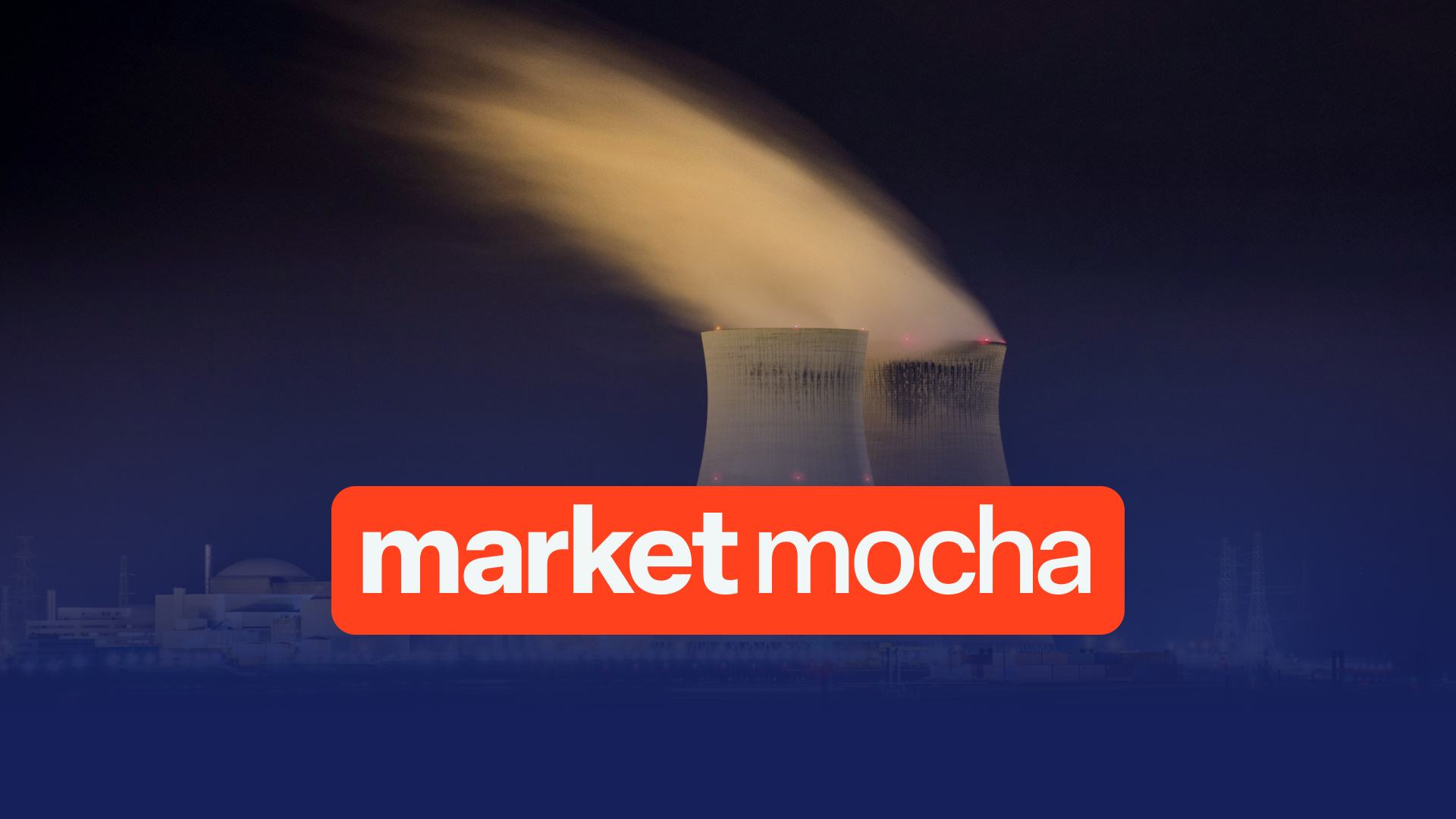Munich-based start-up aims to build Europe’s first stellarator fusion plant by 2031
Proxima Fusion, a German start-up spun out of the Max Planck Institute for Plasma Physics, has secured €130 million (US$148 million) in what it says is Europe’s largest-ever private funding round for nuclear fusion. The Series A round brings its total funding to over €185 million, marking a major milestone in the company’s bid to commercialise fusion energy based on stellarator technology.
The financing was co-led by Cherry Ventures and Balderton Capital, with participation from a broad coalition of European venture funds including UVC Partners, DeepTech & Climate Fonds, Lightspeed, OMNES Capital, Bayern Kapital and Plural. The company plans to use the funding to complete a key hardware demonstration — a superconducting magnet — by 2027, and finalise the site for its first demonstration power plant, codenamed Alpha, slated to begin operations in 2031.
Stellarators and the promise of clean energy
Proxima’s approach centres on the “stellarator” reactor design — a complex but stable magnetic confinement system that avoids the need for plasma currents, which make the more common tokamak designs prone to disruptions. The company has built on research from Germany’s Wendelstein 7-X, the world’s largest stellarator, and in early 2024 published a peer-reviewed concept known as Stellaris — the first of its kind to integrate engineering, physics and maintenance considerations from the outset.
Proxima’s CEO and co-founder Dr Francesco Sciortino, a former researcher at MIT and the UK’s Culham Centre for Fusion Energy, said the new funding validates the company’s accelerated trajectory: “This investment gives us the resources to deliver the hardware essential to make clean fusion power a reality. It’s a bold signal that Europe can lead on the world stage.”
Sciortino has described fusion as “the ultimate source of clean energy” and said the question is no longer whether fusion is possible, but whether it can be commercialised at scale within the coming decade.
A European fusion contender
While most fusion firms that have raised over US$100 million are US-based, Proxima Fusion is positioning itself as a leading European contender — and the first in the region to reach this funding level. Its backers argue that fusion is not only about energy, but strategic independence. “Proxima represents an opportunity to decarbonise and provide a stable baseload for all the downstream energy needs the world has,” said Plural partner Ian Hogarth. “And for Europe to play a global leadership role in driving the energy transition.”
The company currently employs more than 80 people across its headquarters in Munich and satellite offices at the Paul Scherrer Institute in Switzerland and the UK’s Culham Fusion Campus. It draws talent from institutions like Harvard and MIT and companies including SpaceX, Tesla, and McLaren.
Cautious optimism amid rising expectations
Proxima’s ambitious timeline — delivering net energy gain by 2031 — has sparked both excitement and scepticism. Fusion has long been touted as a limitless, clean energy source, but despite major public and private investment, no commercial plant has yet come online. While advocates say fusion could revolutionise energy security and climate strategy, critics warn it may remain decades away from large-scale deployment.
Still, with European governments increasing their support for fusion, and public projects like ITER and Wendelstein paving the way, private ventures such as Proxima are injecting momentum. Investors are betting that breakthroughs in high-temperature superconductors, simulation-driven design, and magnet engineering can close the gap between theory and utility.
As Cherry Ventures partner Filip Dames put it, “We back founders solving humanity’s hardest problems — and few are bigger than clean, limitless energy. Proxima is DeepTech at its best.”





